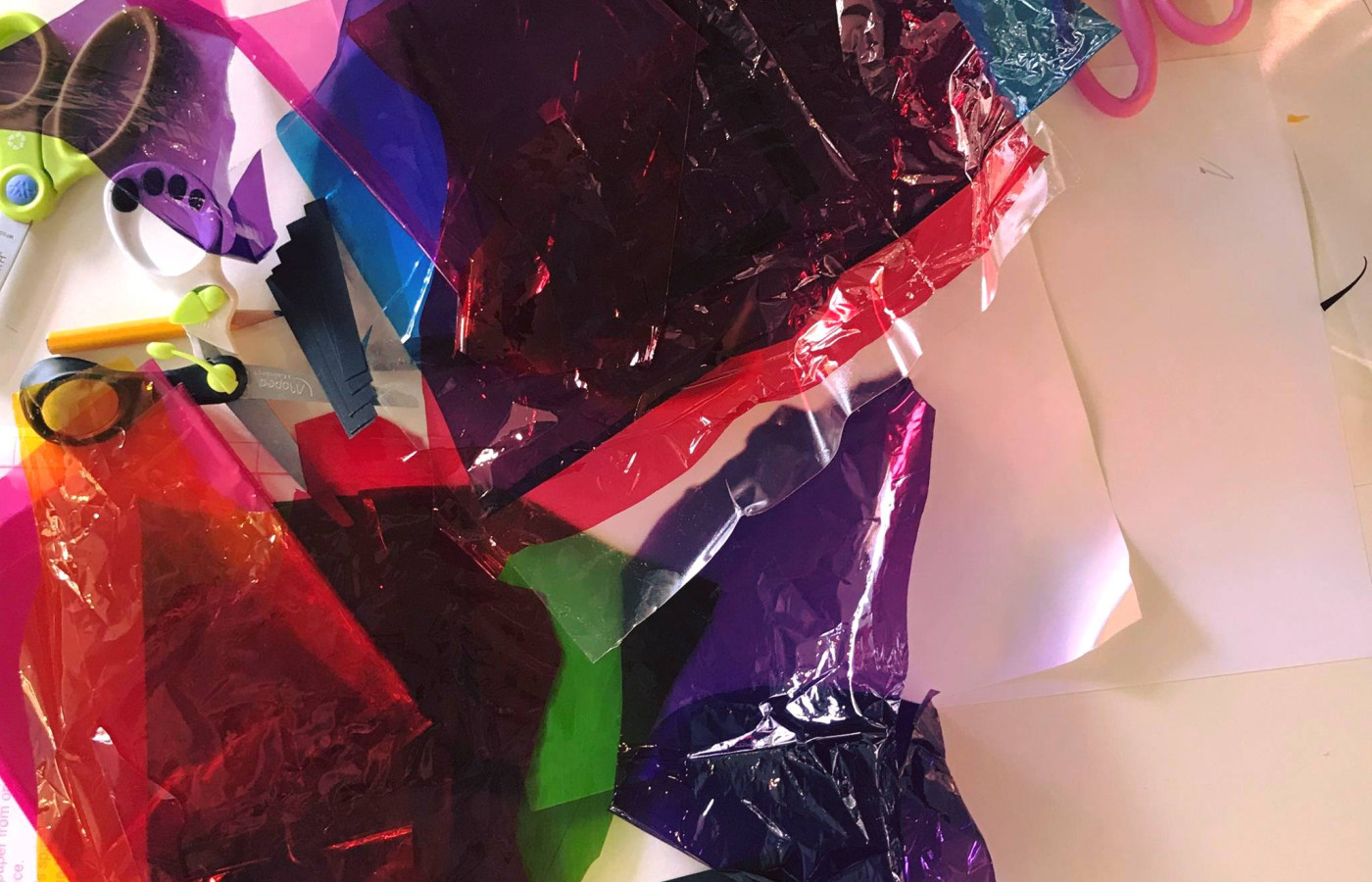Calming bottles

Calming bottles
Making calming bottles with items you have in the home
Materials Required
- Recycled bottle (small water bottle is large enough)
- Water
- Sequins, glitter if you have these
- Buttons
- Any other small items that will fit in the bottle
- Natural materials - leaves, flowers, gumnuts, seed pods, etc.
- Strong tape to fix the lid in place.
Replace the water with dry rice as another option, Food colouring to add to the water (use a light colour so you can still see through it), Small pieces of cellophane.
Play experience profile
-
Ages:
-
Min Playtime5 - 15 Minutes
-
Skills
-
Energy LevelIndependent Play
-
Messiness Rating
-
EYLF Outcomes
Play Experience Preparation
Fill recycled bottle 3/4 full of water (or rice) - Add your collected items to the bottle (buttons, sequins, glitter or natural materials) - Just use whatever you can find around the house - Put the lid on the bottle - Secure the lid safely with either hot glue gun or strong adhesive tape.Experience Steps
- Sit your baby on the floor.
- Place the bottle in front of them.
- Show them how to pick it up.
- Move the water around in the bottle.
- Point to the items you can see.
- Put the bottle down again.
- Allow your baby to explore the bottle independently.

What to talk about, or questions to ask during the experience
- Look, what's in here
- Wow, look, I can see the red button
- Look at all the sparkles
- You have a turn
- Can you hold the bottle?
- Can you roll the bottle like me?
Build on this...
- As language develops have your child name the items in the bottle.
- Refill the bottle and add new items to keep it interesting.
WHO guidelines for physical activity and sedentary behaviour
Provide evidence-based public health recommendations for children, adolescents and adults on physical activity.
Learn more
Provide evidence-based public health recommendations for children, adolescents and adults on physical activity. Learn more
Placing the bottle on the floor and encouraging your baby to crawl or reach towards the rolling bottle keeps babies physically active.
EYLF Outcomes
The Early Years Learning Framework has been designed for use by early childhood educators working in partnership with families, children’s first and most influential educators.
View PDF
The Early Years Learning Framework has been designed for use by early childhood educators working in partnership with families, children’s first and most influential educators. View PDF
- Children become strong in their social and emotional wellbeing
- Children feel safe, secure, and supported
EYLF Principle
Principle 1: Secure, respectful and reciprocal relationships. Through a widening network of secure relationships, children develop confidence and feel respected and valued.
EYLF Practice
Practice: Learning through play. Play can expand children’s thinking and enhance their desire to know and to learn. In these ways play can promote positive dispositions towards learning. Children’s immersion in their play illustrates how play enables them to simply enjoy being.
Author:


